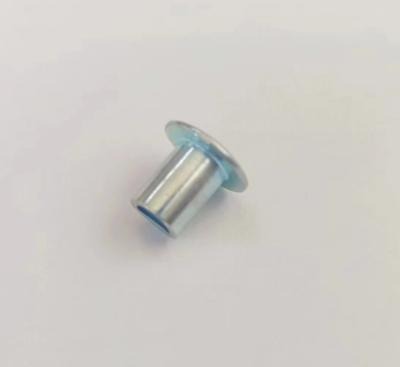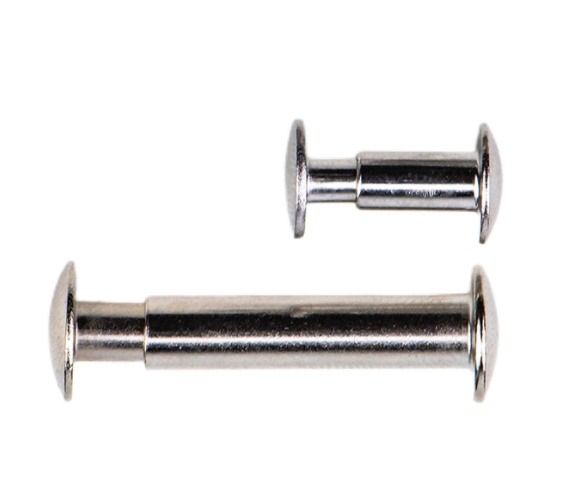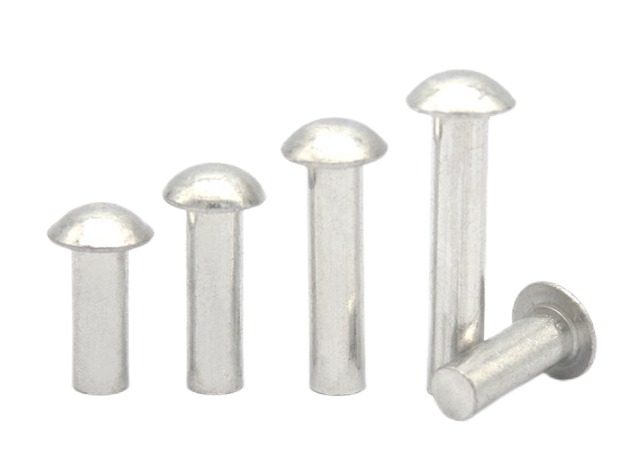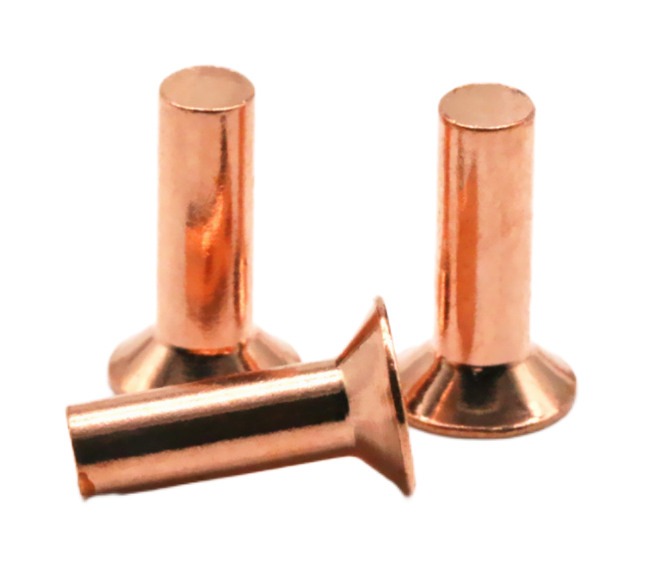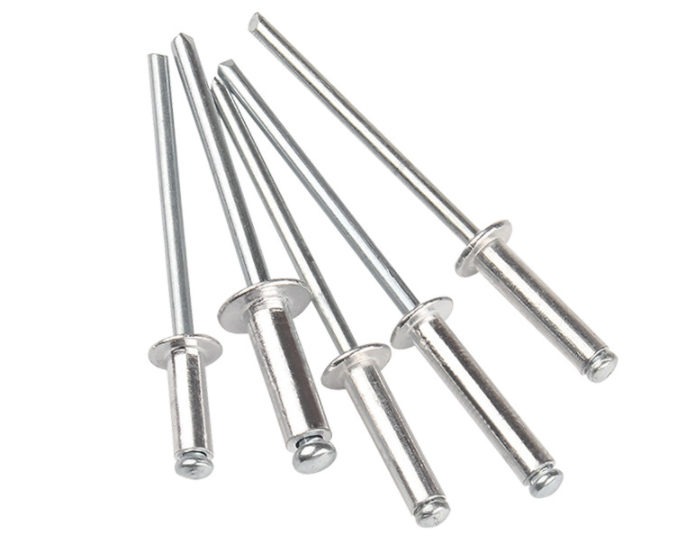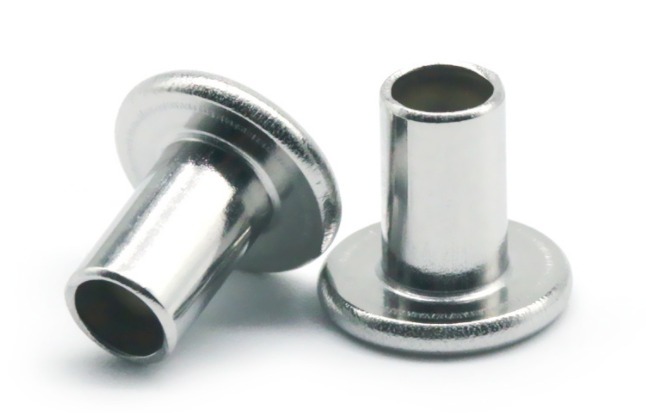Rivets in Aircraft Construction: Why They are Pivotal and What are Common Types?
While the sleek design, powerful engines, and complex avionics systems get a lot of attention, there’s a critical but frequently ignored component that plays a fundamental part in guaranteeing an aircraft’s structural integrity and safety: rivets. These tiny fasteners are aviation’s unsung heroes, holding the numerous components of an airplane together with unfailing strength and dependability. In this article, we will explore the significance of rivets in aircraft construction, their types, and the role they play in aircraft.
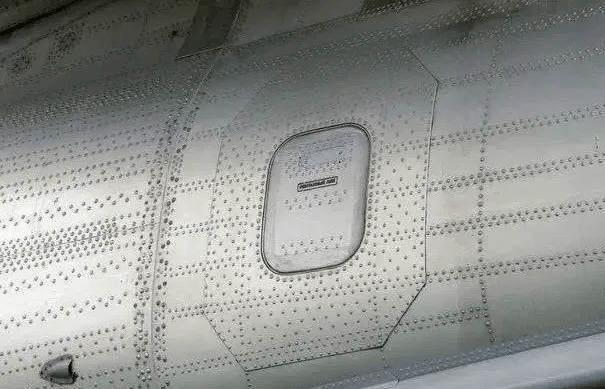
The Pivotal Role of Rivets in Aircraft
Rivets are small, strong, and often cylindrical fasteners used to connect two or more pieces of material. Rivets are critical components of an aircraft’s structural framework in the aviation industry.

Structural Integrity
Rivets are employed throughout the structure of an aircraft, including the fuselage, wings, tail, and landing gear. They are integral to the overall structural integrity of the aircraft. These tiny fasteners work together to hold the various components of the aircraft together, creating a robust and durable frame that can withstand the stresses and forces experienced during flight.
Distributing Loads
Aircraft are subject to a wide range of mechanical forces, including aerodynamic forces, gravitational forces, and structural stresses. Rivets play a crucial role in distributing these loads across the airframe evenly. By doing so, they prevent localized stress concentrations that could lead to deformation or structural failure. This even distribution of loads is essential for the aircraft’s safety and longevity.
Aerodynamics
Aerodynamic forces, gravitational forces, and structural stresses are among the mechanical forces that affect aircraft. Rivets are critical in evenly spreading these loads over the airframe. They avoid localized stress concentrations, which could cause deformation or structural collapse. This equal load distribution is critical for the aircraft’s safety and longevity.
Durability
Aircraft are exposed to a wide range of environmental factors, including temperature variations, humidity, and mechanical stress. Rivets must be able to withstand these conditions without deteriorating or failing. High-quality materials and coatings are used to ensure that rivets remain durable and corrosion-resistant throughout an aircraft’s operational life.
Fatigue Resistance
Aircraft undergo countless cycles of pressurization and depressurization as they ascend and descend during flights. This cyclic loading places stress on the aircraft’s structure, including the riveted joints. To ensure safety, engineers design riveted connections to withstand these repetitive loads without suffering from fatigue. Rigorous testing and quality control measures are in place to verify the fatigue resistance of riveted joints.
Precision and Quality Assurance
In aircraft, the quality and precision of riveted joints are critical. Rivet selection, installation, and inspection standards are strictly followed by aircraft manufacturers and maintenance crews. This includes utilizing the correct rivet type for the purpose, maintaining exact rivet spacing and pitch, and performing frequent inspections to identify any symptoms of corrosion, wear, or fatigue. These methods ensure airplane safety and airworthiness.

Common Types of Rivets in Aircraft
Various types of rivets are used in aircraft construction, each with its own characteristics and applications.
Solid Rivets
Solid rivets are one of the most classic and oldest types of rivets. They are formed of a single piece of material and are not tubular. Solid rivets are frequently employed in aircraft parts requiring high strength, such as the structural frame and wings.
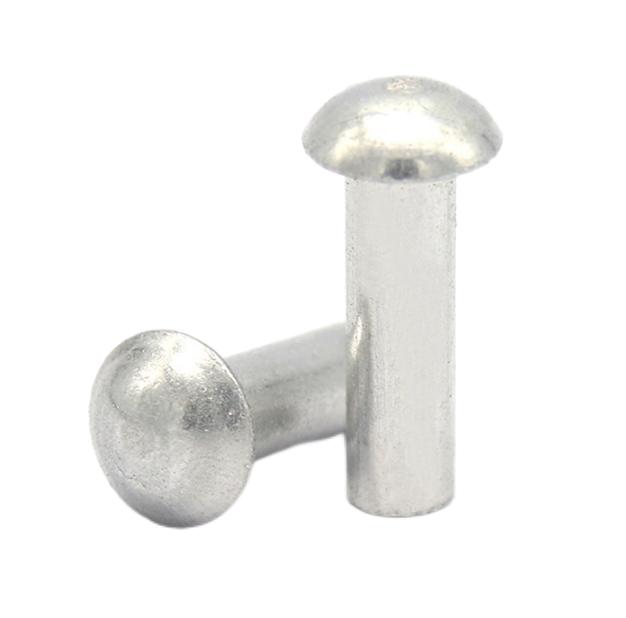
CherryMAX® Rivets
CherryMAX® is a brand of blind rivets known for their high shear and tensile strength. These rivets are used in situations where access to both sides of the joint is limited, making them a popular choice for attaching aircraft skins.
Blind Rivets
Also known as pop rivets, blind rivets are commonly used in areas where access is restricted, and it is challenging to employ traditional solid riveting methods. They consist of a tubular body with a mandrel that is pulled through the body during installation, expanding the rivet to secure the materials.
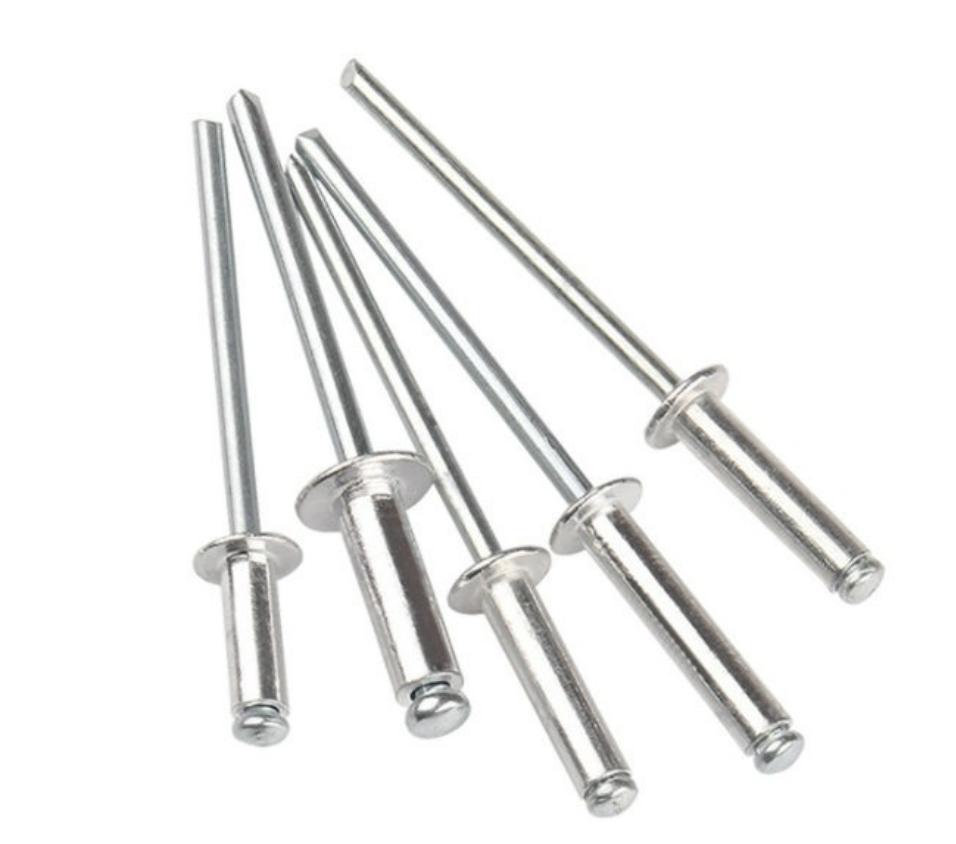
Flush Rivets
Flush rivets are used to create a smooth, aerodynamic surface on the aircraft’s skin. They sit flush with the exterior surface, reducing drag and minimizing turbulence.
Safety and Quality Assurance When Using Rivets in Aircraft
In aircraft, the dependability of riveted joints is critical. Aircraft manufacturers and maintenance teams adhere to tight processes for rivet selection, installation, and inspection to assure safety and quality. These operations involve using the right rivet for the application, maintaining exact rivet spacing and pitch, and performing routine corrosion, wear, and fatigue examinations.
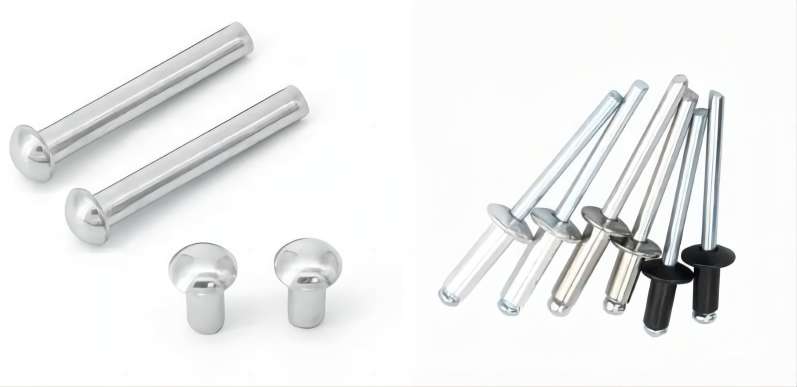
Conclusion
Rivets are critical components of aircraft design, assuring structural integrity, safety, and durability. These unassuming fasteners are proof of the aviation industry’s rigorous engineering and quality requirements. Whether solid, blind, or flush, rivets have played a crucial role in enabling mankind to conquer the skies and connect people and places around the world, making them the true unsung heroes of aviation.

